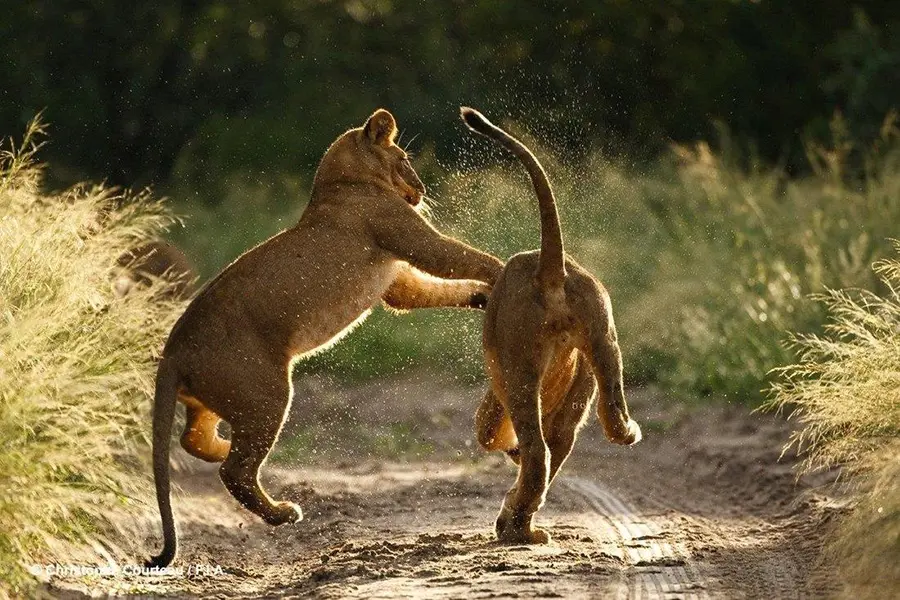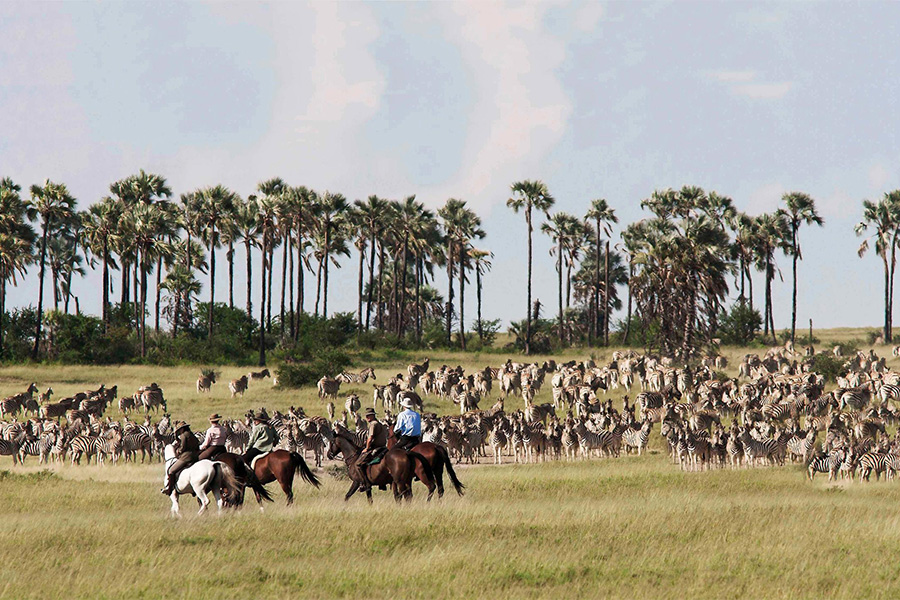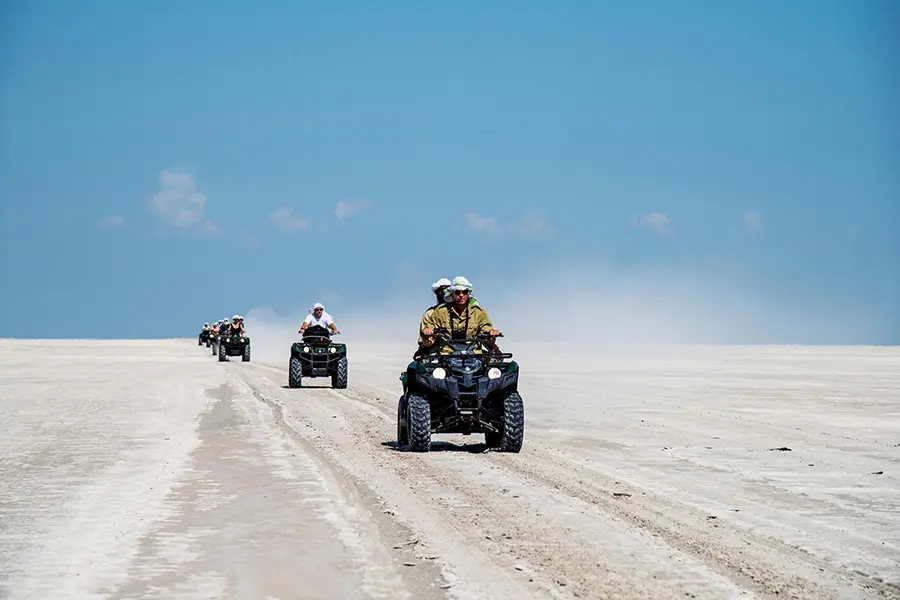Language
- Deutsch
- English
- Español
- Français
- Italiano
- Nederlands
- Português
Currency
- AUD Australian Dollar
- CAD Canadian Dollar
- EUR Euro
- GBP Pound Sterling
- SGD Singapore Dollar
- USD US Dollar
- ZAR Rand

why go
If the word ‘Kalahari’ makes you think of an empty red desert then it’s time you tried a safari to one of Botswana‘s three Kalahari parks.
Visitors to Nxai Pan National Park, the Central Kalahari Game Reserve and Makgadikgadi Pans National Park go on guided game drives through woodland, seasonally flooded pans and rolling grasslands – the scenery is beautiful, the illuminated night sky staggering… and then there’s the wildlife.

Besides classic Kalahari animals such as zebra, wildebeest, oryx, eland, springbok and giraffe, these parks also have a well-deserved reputation for predators and you’re likely to see black-maned Kalahari lions as well as cheetah, black-backed jackal, and brown and spotted hyena with rare wild dog and reclusive leopard also on the list.
A Kalahari safari also presents the best opportunity to see many of Africa’s smaller and more elusive animals such as wild cat, porcupine, aardwolf, meerkat and honey badger, and the birdlife is surprisingly good, especially in the rainy summer months known as ‘Green Season' between December and April. Birders can expect to train their binoculars on flamingos, secretary birds, martial eagles, great white pelicans and giant eagle owls.

Speaking of rain, the word ‘Kalahari' is derived from the local Tswana word ‘kgala', which means ‘great thirst'. The Kalahari is not a true desert but rather a semi-desert and during the Green Season, the thirsty Nxai and Makgadikgadi Pans spring to life with lush grazing – and up to 25 000 hungry plains zebra.
Although the Great Migration in the Serengeti and the Masai Mara is the most famous and biggest land migration in the world, Botswana's zebra migration is actually the longest. The zebra cover vast distances from about November – when they're congregated in Nxai and Makgadikgadi – to mid-year when they've moved to the outskirts of the Boteti and Chobe Rivers, and Okavango Delta. Mid-year heralds the dry high season so the zebra move from the pans that are rapidly drying out to parts of Botswana with more permanent water sources.
As a rule of thumb, the zebra are massed in Nxai Pan National Park in about January and February, Makgadikgadi Pans National Park in about March and April and are back north at the rivers by May.
A group of zebras is known as a ‘dazzle' and rightly so: it certainly is dazzling to see hundreds of these equines at a time, each of their striped coats unique and their foals able to run at top speed within an hour of birth.

In addition to luxurious safari lodge accommodation and traditional 4×4 game drives, a safari in the Kalahari offers interactive adventure and a wide range of activities that are perfect for thrill-seekers and families with children. Mobile expeditions take you to exquisite, remote parts of the Kalahari where you can have an exciting camping experience in fully furnished safari tents.
Other adventures include hot-air ballooning, interacting with habituated meerkats, ATV (quad bike) or horseback expeditions, desert sleepouts under the stars, and guided nature walks with San Bushmen in which you can learn about ancient tracking, spoor identification and survival techniques.
Help Me PlanScenery
Wildlife and safari